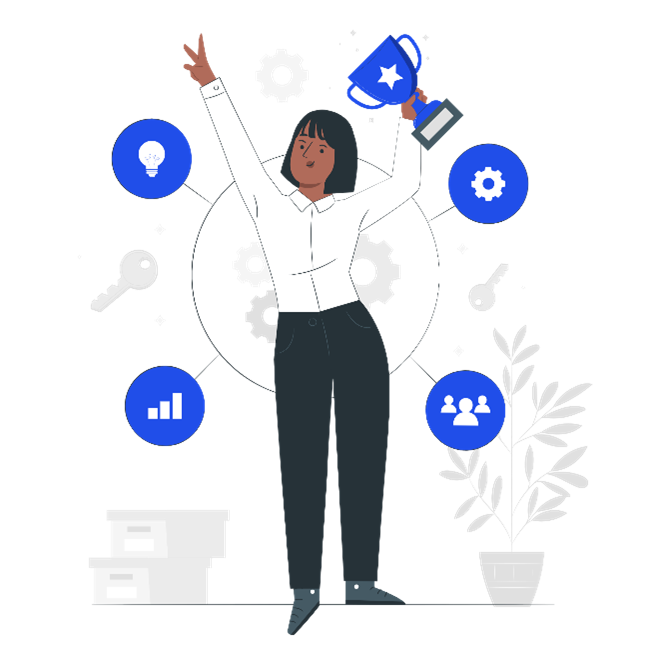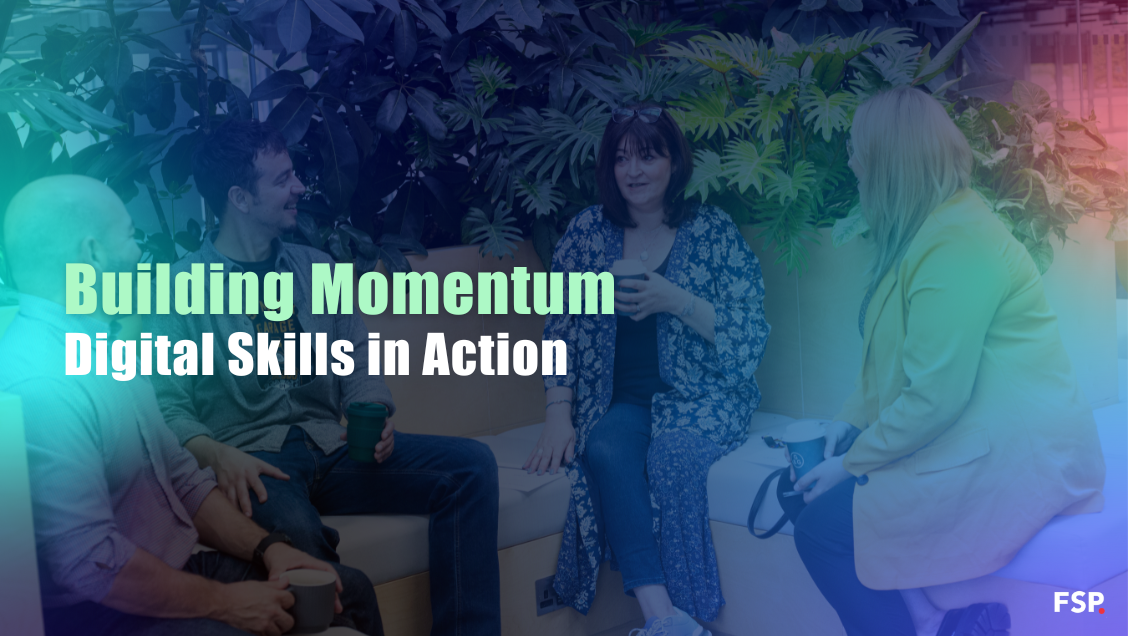In my previous article, we explored why digital skills are crucial, not just for productivity, but as the foundation for innovation and inclusion. Today, I want to ask: Does this sound familiar?
- Are you struggling to ensure your team are fully utilising the digital tools at their disposal?
- Do you find employees are overwhelmed by the constant demands of their roles, leaving no time for learning?
- Have you invested in platforms like Microsoft 365, only to see them underutilised?
If these issues sound familiar, you’re not alone. These challenges are common but solvable. Let’s find out how.

The Case for Digital Adoption
Did you know?
- Adopting digital tools like generative AI could free up to 40% of time spent on admin tasks, with over 80% of users expecting greater efficiency within a year.
- The UK’s lack of digital skills costs workers £5.69 billion in lost earnings and the economy £12.8 billion each year.
- According to NHS England, an estimated 11 million people in the UK lack the skills to use the internet effectively, with 5 million never going online. They highlight an urgent need to enhance digital skills within the healthcare sector to improve accessibility and drive efficiency.
For those making decisions, these figures really highlight the missed potential in digital tools. It’s not just about being efficient; it’s about staying competitive and delivering better services.

An unused kitchen
Imagine your workplace as a state-of-the-art kitchen. It’s stocked with high-quality appliances, all the right tools, and every ingredient you could ever need. But when it’s time to cook, the user doesn’t know how to use the oven or may stick to making toast because it’s what they’re familiar with. The result? The potential for a gourmet meal goes unrealised.
This is the reality for many organisations that have heavily invested in tools like Microsoft 365. The resources are there; the licenses, the training materials, and the potential for transformation, but they remain underutilised due to:
People don’t know the tools exist: Communication hasn’t reached the right people or hasn’t highlighted practical benefits.
People are overwhelmed: With heavy workloads, limited resources, and constant admin demands, learning feels like a luxury.
No-one has shown them how: Training isn’t accessible, relatable, or delivered in a way that sticks.

A real example: Working with an NHS Organisation
I worked with an organisation that faced these same issues. Despite rolling out tools like Microsoft Teams and OneDrive, adoption was low. Employees continued to email attachments instead of sharing links, held in-person meetings when virtual collaboration was an option, and spent hours on redundant admin tasks that added little value.
And how did this make employees feel? Frustrated, overwhelmed, and disconnected. They were spending more time on admin tasks than actually engaging in meaningful work. There was a growing sense that technology was more of a barrier than a solution. They were disengaged and resistant to change.

So, what did we do?
To address this, we took a proactive approach with four key steps:
- Understand the barriers:
We listened to employees at all levels to understand why adoption wasn’t happening. Was it a lack of awareness, overwhelming workloads, or the perception that technology would complicate tasks?
- Communication:
We made sure the message reached the right people, emphasising the practical, time-saving benefits of the tools.
- Provide team-specific support:
We held workshops and created targeted resources, such as bite-sized videos and drop-in clinics, to help teams work more effectively. For example, we demonstrated how Teams could support collaborative activities like developing strategies and how transitioning from paper-based processes to electronic tools could save time and streamline workflows.
- Measure impact:
By focusing on reducing admin time, we aimed to create more meaningful time for teams to dedicate to high-value tasks. This not only improved overall productivity but also boosted employee satisfaction and engagement.
- Encourage reflection and action:
We shared examples of success and asked teams to identify three things they would start, stop, and continue doing. By following up on these actions, we helped ensure accountability and lasting improvements.

The outcome
A great example of time saved: what used to take six weeks of endless email back-and-forth, was completed in just one week. By working collaboratively in real time, the team could see updates as they happened, contribute when they had time, and avoid the need for an admin to piece everything together.
By working closely with the teams, we saw meaningful improvements in both adoption and efficiency. Employees began using the tools more effectively, leading to clearer communication, reducing non-value admin time and giving them the opportunity to focus on their core responsibilities.
Why it matters
These examples highlight a key insight: technology alone doesn’t drive change; people do. Success was achieved because:
- The organisation listened to the challenges staff faced.
- Support was tailored to practical, day-to-day needs.
- Time was made for learning, even within demanding schedules.
In any industry, digital skills aren’t just about working harder or faster; they empower staff to focus on what truly matters. By minimising admin burdens, teams can engage more meaningfully with their work, tackle complex challenges, and find greater purpose in what they do.
Check out our latest videocast series for deeper insights and practical tips on these topics. Each episode offers valuable advice to help you and your organisation maximise digital tools and strategies.
A conversation worth having
As we work to bridge the digital skills gap, I’d love to hear your thoughts:
- Where is your organisation on this journey?
- What’s worked for you in building digital confidence?
- How can we make learning achievable for employees under pressure?
Let’s share ideas and experiences. Together, we can unlock the full potential of a digitally confident workforce, leading to better outcomes for everyone involved. If you would like some support on your journey, please reach out: Fiona.maher@fsp.co.

